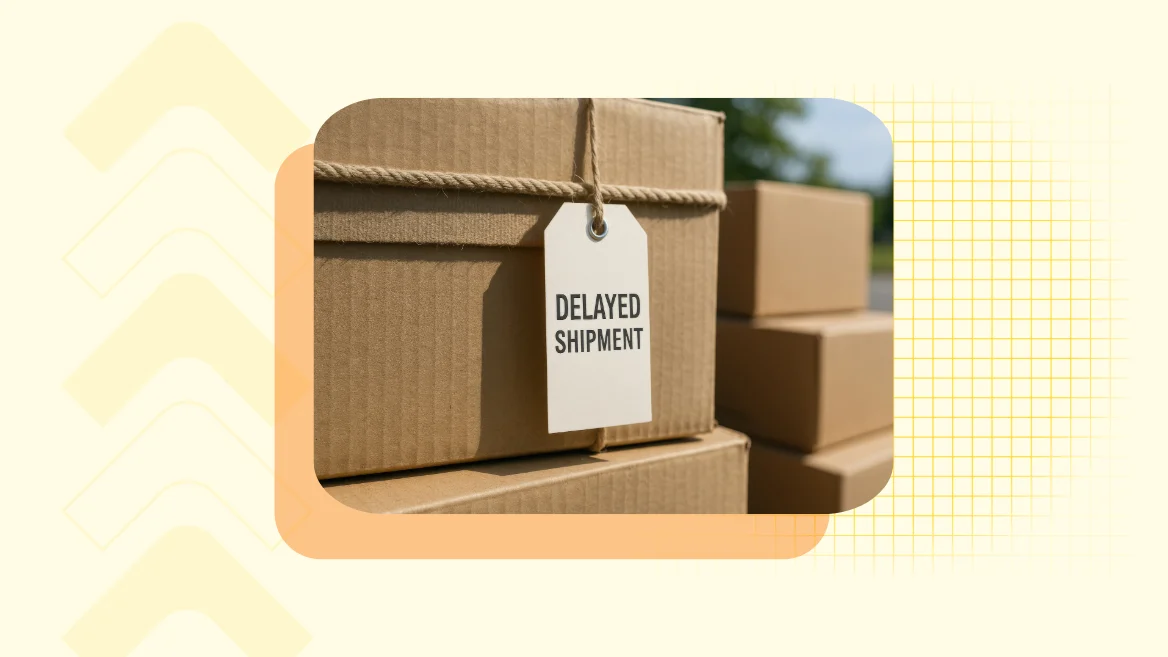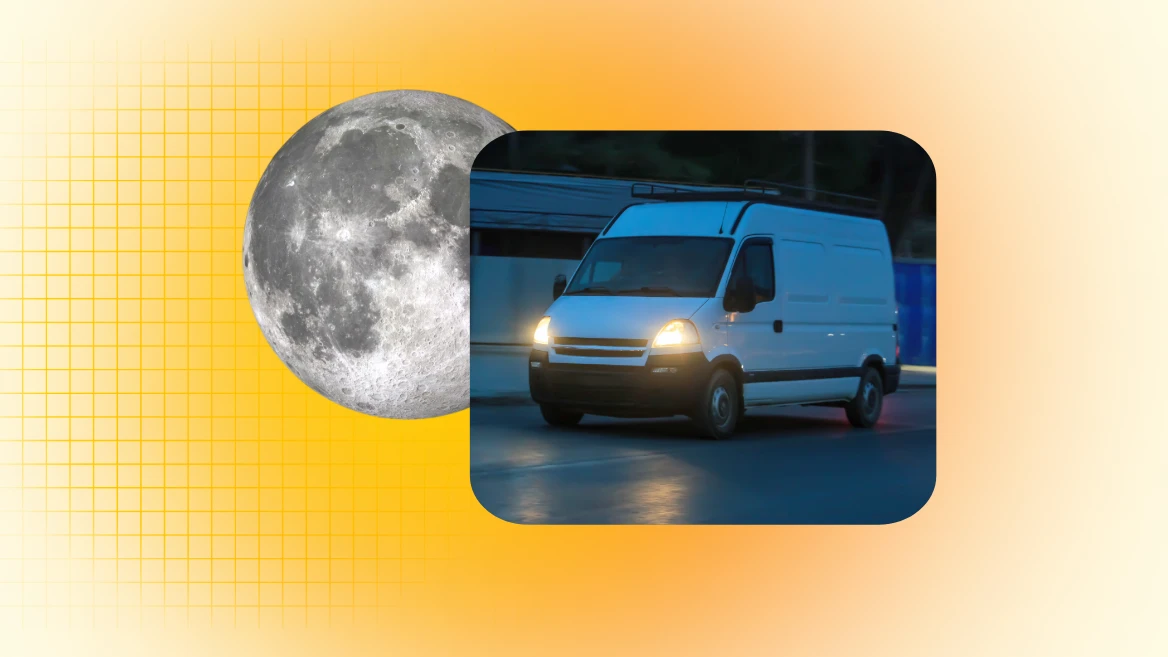Operating a courier business in the UK means navigating various costs, and one of those costs is toll charges. Whether you’re an owner-driver or part of a larger fleet, knowing which toll roads, bridges, and tunnels to expect can help you better manage your operating expenses.
This guide will walk you through the active toll roads in the UK, what they cost, and how to make sure your business stays on track.
Get access to 13,000+ courier loads a day on Courier Exchange
Be your own boss. Set your own hours. Make your own money.
What we’ll cover
What are toll roads and why should couriers care?
A toll road is a road where drivers must pay a fee to use it. These roads, tunnels, and bridges are often used to fund their construction and maintenance.
For couriers, toll roads can have a major impact on delivery costs, especially when you’re covering long distances or navigating busy areas. The charges may seem small at first, but they can add up quickly—particularly for courier fleets and HGVs (heavy goods vehicles) which tend to have higher toll rates.
For owner-drivers, it’s especially important to factor these costs into your pricing. Managing your toll expenses can make a big difference when trying to maintain profitability in a competitive industry.
Active toll roads in the UK
Several major routes in the UK have toll charges. Below are the most common ones you’ll encounter while on the job.
M6 toll road
The M6 toll road is a popular route for long-distance hauliers and couriers. It runs parallel to the M6 motorway, bypassing some of the more congested areas, which can help save you time.
- Charges for vans and HGVs: The toll for vans (up to 3.5 tonnes) is around £7.10, while HGVs can expect to pay £12.60 or more, depending on the number of axles. While it’s a quicker route, the toll might not be ideal for short journeys.
- Why use it?: If you’re trying to avoid congestion charges on the M6 or need to get through the West Midlands quickly, the M6 toll road can be a worthwhile choice.
A30 (Dartford Crossing)
The Dartford Crossing (A282) is one of the busiest toll crossings in the UK. It connects Kent and Essex, and it’s used by many couriers and hauliers travelling between London and the South East.
- Charge for vans and HGVs: The cost of the Dartford Crossing varies depending on the vehicle’s class. For standard vans, it’s £2.50, while larger HGVs might face higher charges.
- Payment method: The Dartford Crossing is toll-free for vehicles with an account, making it easier to pay in advance.
The Dartford crossing charge is an important consideration when factoring in costs for trips to or from the South East.
Key tunnels and bridges to watch out for
It’s not just roads that can come with tolls; certain tunnels and bridges also have fees.
Tyne Tunnel
The Tyne Tunnel connects the cities of Newcastle and Gateshead. If you’re delivering goods in the North East, this tunnel is often part of your route.
- Charges: For a van or lorry, expect to pay around £1.90 each way.
- Payment: The Tyne Tunnel toll is easy to pay with pre-pay options for frequent users.
Humber Bridge
The Humber Bridge, which spans the Humber Estuary, is another toll crossing that many couriers use, especially for deliveries between Yorkshire and the North East.
- Charges: The toll for HGVs can be as much as £20, so if you’re delivering in that region, it’s something to consider when calculating your route costs.
How do toll roads affect your business?
Tolls can have a major impact on your bottom line. Here’s how:
- Increased costs: Depending on how often you use toll roads, charges can quickly add up, especially if you have a fleet of courier vans or HGVs making regular deliveries.
- Time savings: While toll roads cost money, they can save you time. Routes like the M6 toll road or Dartford Crossing can bypass heavy congestion, meaning you spend less time in traffic and deliver goods faster.
- Route planning: Smart route planning can help you avoid unnecessary toll charges. Consider using vehicle tracking systems or apps that help you plan your routes around toll roads, reducing the cost burden.
By understanding where these toll roads are located and their costs, you can make better decisions about which routes to take, depending on your budget and delivery deadlines.
How to pay toll charges as a courier
Paying toll charges in the UK is pretty straightforward, but there are some methods that make it easier for couriers, especially those operating across multiple toll roads.
- Prepaid accounts: Many toll routes, including the Dartford Crossing, allow you to set up an account for automatic payment. This can save time and reduce the chance of forgetting to pay.
- ANPR (Automatic Number Plate Recognition): Many toll roads use ANPR technology, meaning you don’t need to stop to pay. The system will automatically charge your registered account based on your vehicle’s number plate. But be careful: if you’re driving without an MOT, those same cameras could catch you!
- App-based payment: Several apps allow you to manage toll payments and even prepay for some roads.
Having the right payment method in place is crucial for smooth operations and avoiding any fines or penalties.
How to reduce toll costs in your courier business
While you can’t avoid all toll roads, there are a few strategies that can help reduce your toll-related expenses:
- Plan your routes: Use vehicle tracking and route-planning apps to avoid tolls when possible. A smart route planner can often find alternative routes that bypass the M6 toll road or Dartford Crossing without significantly adding to your journey time.
- Avoid peak times: Some toll roads, especially in congested areas, have higher charges during rush hours. If you can plan your deliveries outside of these times, you might save money.
- Consider your vehicle: Larger vehicles, like HGVs, will face higher toll charges than smaller courier vans. If possible, try to adjust your fleet size and types to reduce the toll fees you face.
For couriers managing a fleet, using courier accounting software to track toll expenses can help you stay on top of costs and adjust your pricing accordingly.
Get access to 13,000+ daily loads on Courier Exchange
Be your own boss. Set your own hours. Make your own money.
Toll roads FAQs
What is the Dartford crossing charge for HGVs?
The Dartford crossing charge for HGVs is based on the number of axles and can range from £2.50 to more for larger vehicles. It’s important to plan for this charge when delivering in the South East, especially around London.
How much is the M6 toll road charge for a van?
For a van (up to 3.5 tonnes), the M6 toll road is around £7.10. This toll is higher for HGVs, with charges starting at £12.60. It’s a worthwhile investment if it helps you avoid congestion and deliver more efficiently.
Are there any discounts for couriers on toll roads?
While discounts are limited, some toll roads, such as the Dartford Crossing, offer pre-paid accounts that can save couriers time and money. It’s worth exploring these options to see if you qualify.
Which toll roads should I avoid as a courier in the UK?
Toll roads like the M6 and Dartford Crossing are essential for long-distance couriers, but they may not be necessary for every journey. Using apps and vehicle tracking systems can help you plan routes that minimise toll road usage where possible.
How do I pay for tolls when driving on UK roads?
You can pay tolls in several ways, including pre-paid accounts, ANPR, and app-based systems. Make sure to set up a payment method that works for your delivery needs to avoid any delays or penalties.




